I have a design like below:

So basically, I want to embed three dialogs in the application main dialog and switch between them, for each button click i.e., button 1 will show dialog one , button 2 will hide dialog 1 and show dialog 2 .. and so on. Each dialog will be having a different design and functions.
I tried using CPropertySheet class to Add pages but its GUI is different. It has either option for navigating the dialogs using next / back button , or from a tab control. None of which is as per my requirement.
So I want to know is it possible to have a design like this in MFC ? If yes how? Which Class/ control should I use.
Any help will be appreciated.
